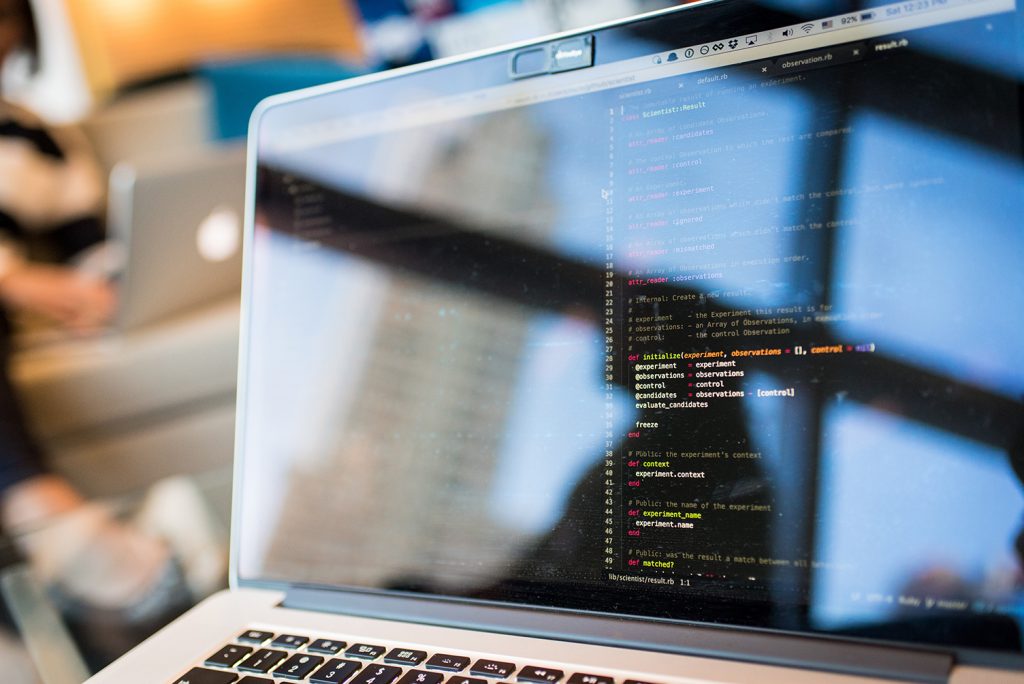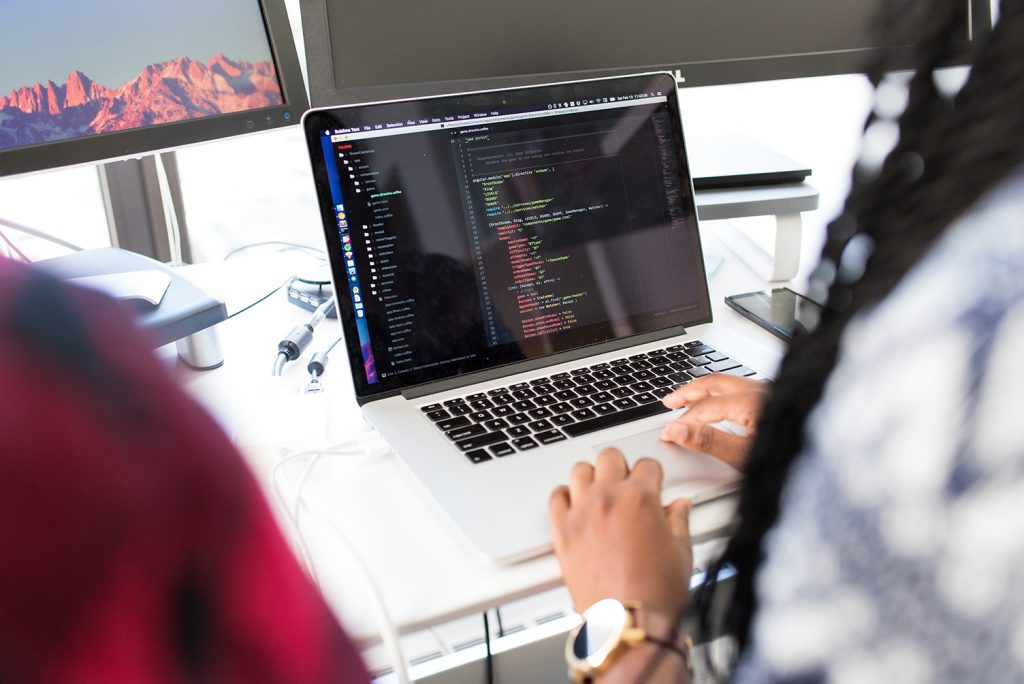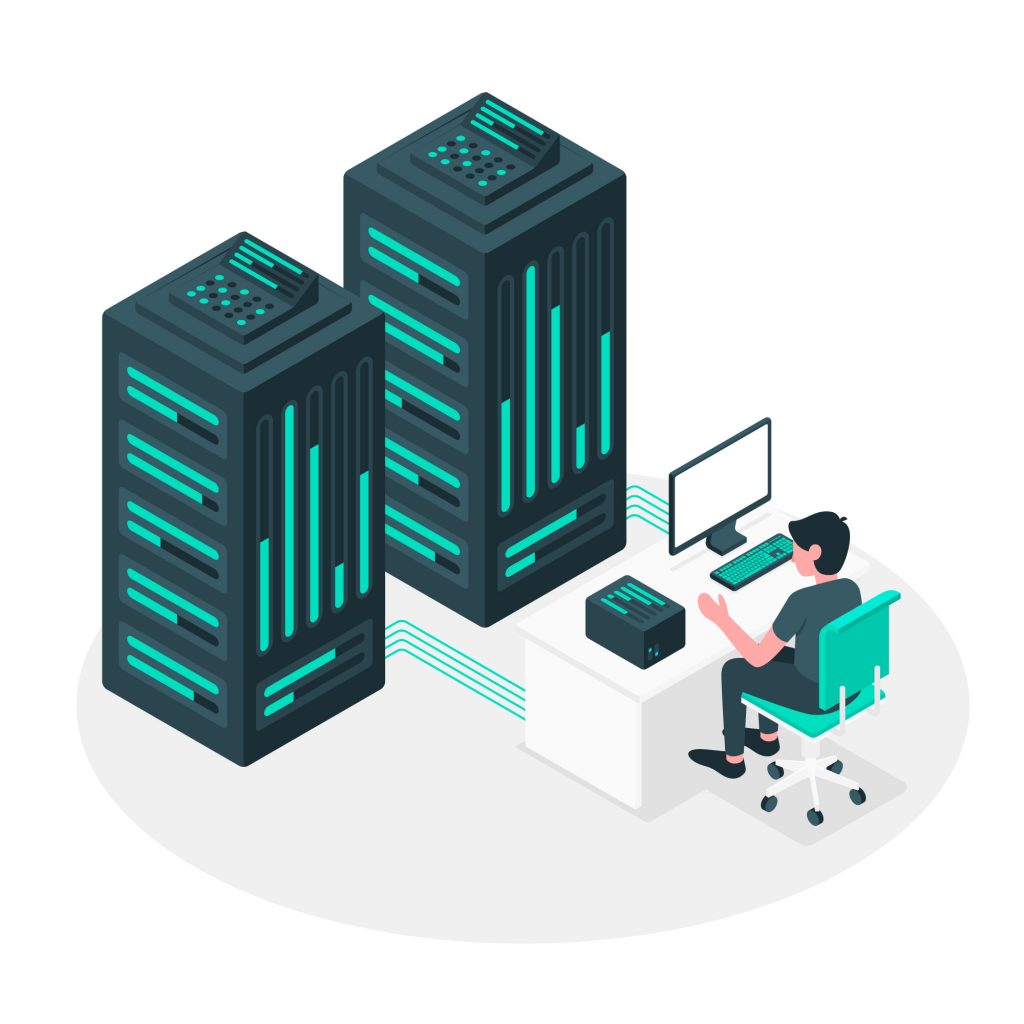As you may have already read, the internet is, in theory, about to run out of IP addresses. “What does that even mean?” I hear you ask, and I’m glad you did.
There is a lot of conflicting information about this address situation (also known as “IPv4 exhaustion“) and what it means for internet users, with the most obvious concern cited that somehow the internet is about to “run out of room”.
Rest assured that this is not the case. There are plenty of IP addresses for everybody.
What is an IP address anyway?
IP stands for Internet Protocol, which is a way for devices to communicate with each other over a network. While the technical details of the Internet Protocol and the network communications protocol stack are many and detailed, it is enough to know that every device that communicates on a network that uses IP needs to have a unique number. This number is referred to as an IP address. Almost every network currently in use, including the internet, uses IP as part of its underlying framework.
There are two versions of IP in use today: IPv4 and IPv6.
Why does it look like we are running out of addresses?
The way that IP is structured creates a finite number of possible addresses. The allocation of these addresses is managed by the Internet Assigned Numbers Authority, which allocated the last large blocks of addresses earlier this year. While there are still many addresses available in already allocated address blocks, it is true that the supply of new IPv4 addresses is “exhausted”.
IP addresses were allocated inefficiently in the early days of the internet, leaving a large number of addresses unused and in the hands of private corporations and government bodies. As the number of people and devices attempting to connect to the internet has grown, the pressure has increased on the publicly available number of IP addresses.
While techniques such as private network addresses and Network Address Translation have been developed to combat the issue, IPv4 exhaustion remains.
IPv4 exhaustion is a concern as IP addresses underpin something that makes the internet easier to navigate — domain names. While machines can remember a series of numbers for a server address, it is not as easy for humans. Domain names were invented as a way of assigning natural language to IP addresses. After all, it is easier to remember www.digitalpacific.com.au than it is to remember 203.19.59.122.
Luckily for everyone, IPv6 is waiting in the wings.
What is the difference between IPv4 and IPv6?
The key difference between IPv4 and IPv6 in relation to the problem of IPv4 exhaustion is the number of addresses available for use. IPv4 uses a 32 bit numbering system, which allows for 2^32 or 4,294,967,296 theoretical unique addresses, although in practice the number available is smaller. By contrast, IPv6 uses a 128 bit numbering system, increasing the number of theoretically available addresses to 2^128, or approximately 340 undecillion (a number so large as to be almost meaningless).
Why are we still using IPv4 if IPv6 solves the problem?
A substantial obstacle preventing wide scale adoption of IPv6 is that software and hardware support is still maturing. While the latest versions of most operating systems now support IPv6 natively, hardware support is still immature, particularly at the consumer level. Consumers replace hardware such as routers and switches less often than they upgrade their software, leaving a large amount of legacy hardware still in use that is not IPv6 ready or capable.
Another issue is that IPv6 was not designed to be interoperable with IPv4. Anyone who wishes to offer an IPv6 service has to run it alongside an existing IPv4 service and use special network gateways to translate between the two different versions. This arrangement requires a service provider to maintain two separate services, increasing the amount of resources required to operate their business.
Should I be worried?
Short answer: no.
For the average internet user, the internet will continue as it has always done before. For example, Digital Pacific was recently assigned around 64 million IPv6 addresses, guaranteeing that your favourite web hosting company won’t run out anytime soon. This does not include all the IPv4 addresses still available for Digital Pacific customers.
The techniques that have been pioneered to combat IPv4 exhaustion will continue to provide enough space for the internet to keep growing in the short term. These techniques also buy time necessary to enable IPv6 adoption to increase and to enable more IPv6-ready consumer hardware to enter the market.
For now, there is still enough room for everybody.







